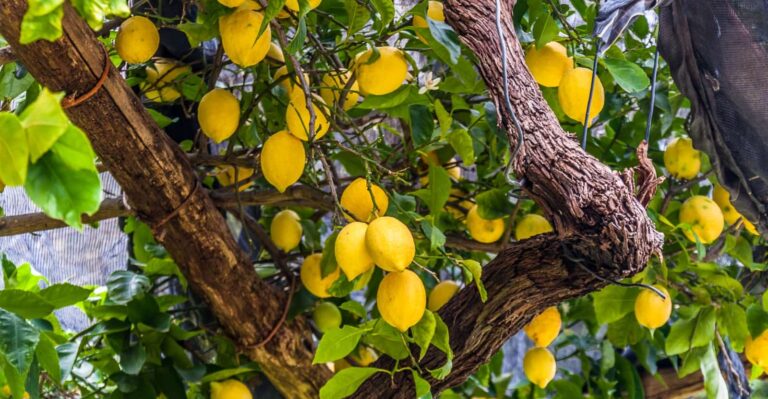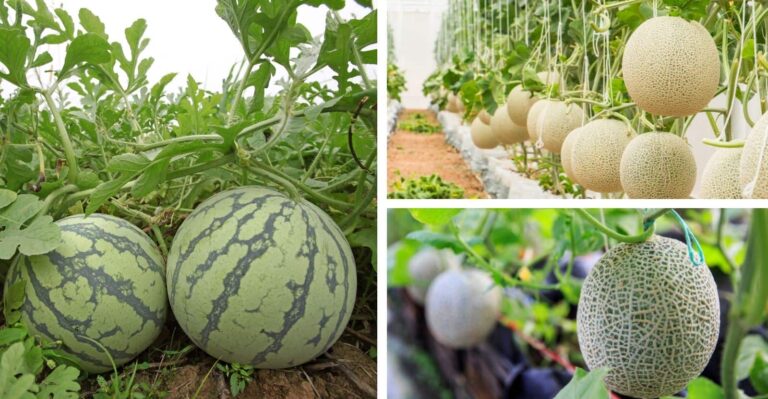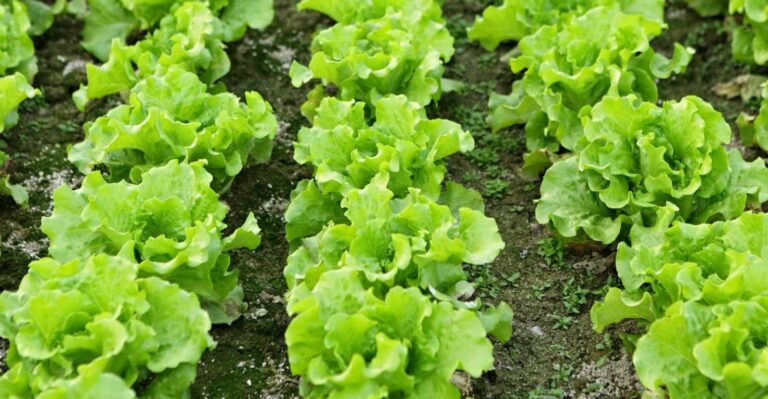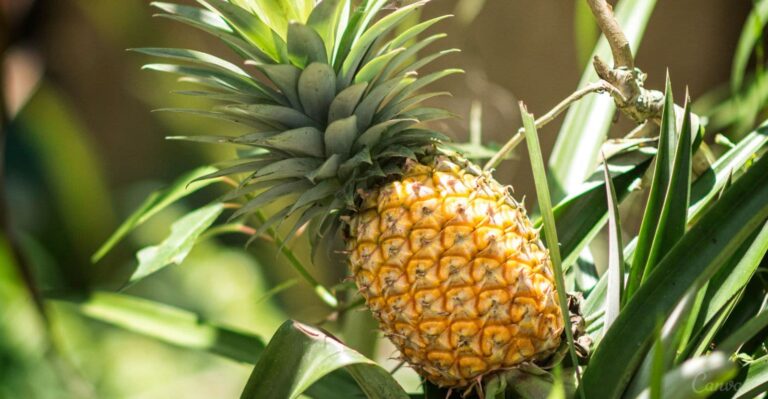Amazon has put together some great Home Gift Deals – save money and get your shopping done at the comfort of your home! Click here to see deals on Amazon
No matter what time of year it is, tomatoes are a great addition to any dish. They can be used in salads, dips, and grilled up with your favorite meat.
But what if you were to notice that your tomato plants are being eaten? This is not a situation any gardener expects to deal with when growing edible plants.
But if you do happen to have this issue and searching online “What is eating my tomatoes,” continue reading this as we have discussed in detail the possible culprits and the several ways you can get it under control.
Let’s get started.
What is eating my tomatoes at night?
If you find your tomatoes eaten at night, insects, pests, small rodents, and the bigger animals are the most common culprits.
For example, corn earworms, stink bugs, snails, slugs, moth larvae, hornworms, fruit worms, mice, chipmunks, moles, potato beetles, rabbits, and deer often cause damage to tomato plants and fruits.
Often you will find that tomatoes are either half-eaten on the vine or devoured and fallen on the ground. Depending upon the bite-size and the extent of damage, you can make some good guess the real cause for this.
Look at this handy table to identify the pest that caused damage to your tomato plants.
| Pest | Damage Type |
|---|---|
| Stink Bugs | Deformed tomato fruit due to small puncture on the tomato skin and change in the fruit color. |
| Cutworm | Damage to the foliage and the small diameter holes in the tomatoes |
| Tomato Hornworms | Damage to the tomato skin leaving large scars on the fruit |
| Corn earworm | Distorted leaves and deep gaping holes in the tomato |
| Tomato Fruitworm | Small deep holes in the plant and found hiding inside the fruit. Also, feed on the tips of the leaves, causing them to distort |
| Snails and Slugs | Slimy fluid around the fruit and leaves and several small holes in the leaves and fruits. |
| Birds | Rough damage to the fruit with seeds scattered on the ground |
| Rabbits | More than half-eaten fruits with fruit fallen on the ground. |
| Deer | Big damage to the tomato plant and tomato fruit squished. |
How can you stop bugs from eating your tomato plants?
If you’re like other gardeners, you may have planted tomatoes in your garden, hoping to get fresh ripe tomato fruits during the season. But it’s not unusual for the plant to get infected by pests or small insects that cause damage to the tomato plants.
Most of the time, you may notice small holes or ragged edges on the leaves and fruits. These are caused by tiny insects such as hornworms, beet armyworms, and stink bugs. Often you may notice minor damage on the surface of the fruit, but they destroy the fruit from inside.
In my garden, I noticed the tomato plant to be infested with tomato fruit worms. It burrows into a tomato and eats inside, leaving a slimy water cavity filled with rotting tomato pulp and feces.
But, before you start panicking and find an insecticide to spray on your tomato plants, follow these strategies to control them.
Slugs and Snails
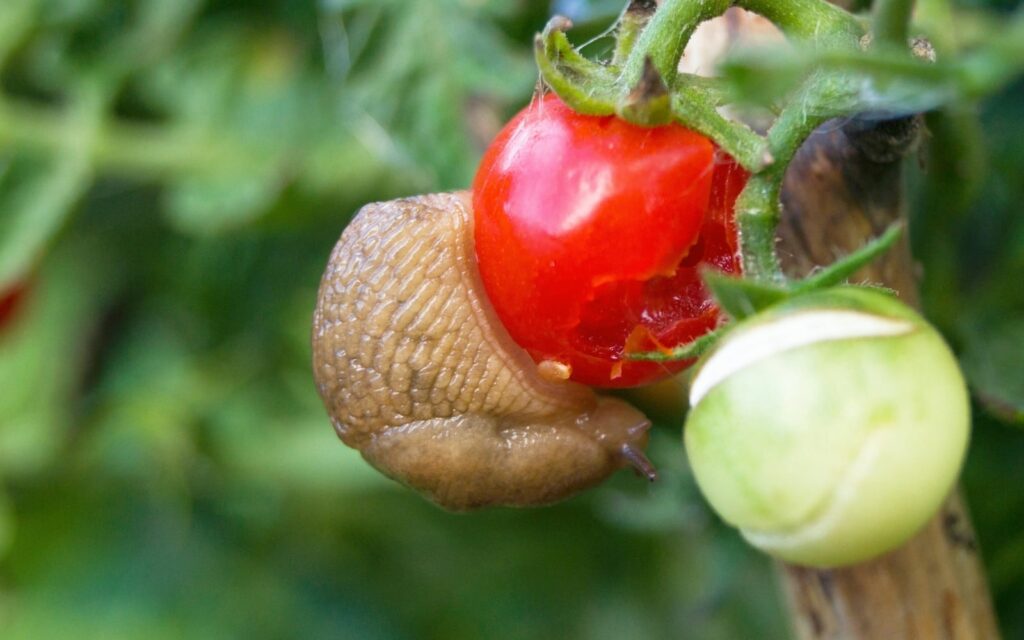
Slugs and snails feed on the tomato plants, leaves, and fruit. You may often find them in areas where the ground has recently been cleared of overgrown grass and plants. They usually hunt for a new food source and hide under the leaves or inside the ground during the day.
Luckily, they are easy to identify if you look closer to the plant or around the areas where you see irregularly shaped holes in the leaves. As they move, they leave slimy paths behind that can help you quickly locate them.
How to treat slugs and snails
Follow these strategies to treat slugs and snails:
- Slug traps are the best way to catch and eliminate them. These insects prefer a cool, dark, and damp place to shelter during the day. Laying old wooden boards on the soil attracts them to hide underneath it. You can then easily catch and remove them.
- The use of organic slug pellets is also effective in controlling their growth in the garden. However, you should use it in limited quantity (one per plant) to not harm beneficial insects such as earthworms in the garden.
- Sprinkling coffee grounds around the tomato plants repel them not to get close to the tomato plants.
Cutworms
Cutworms are a common pest on tomato plants and other crops. Like most other pests, their most common victims are vegetable plants, as they eat plants’ seeds, leaves, and fruit. They will cause extensive damage to the tomato plant foliage, causing leaves to turn yellow and die.
They are highly active at night, where they eat tomato fruits and leave large holes. You can identify cutworms as they look like a caterpillar with a gray or brown color and several blacks or yellow spots on them.
How to treat cutworms
- Frequently till the soil around tomato plant and remove dead plants or debris from the garden
- Roll plant collars made of cardboard to prevent cutworms access the delicate tomato plant stem
- Visually inspect and manually remove them. Also, look under leaves as that is their common hiding place
- Spray neem oil around the plant that kills the cutworms without harming the plant.
Tomato Hornworms

A hornworm is a caterpillar that feeds on tomato plants. This tiny creature is a devastating pest. It will feed on tomatoes and other plants in your garden and will significantly cause damage by eating leaves and fruits.
They have distinct “horns” or “spikes” at their back, but they won’t sting. They can grow up to four inches long before they become adult moths. These are aggressive breeders, and a single adult female hornworm can lay up to thousands of eggs in her lifespan.
How to treat tomato hornworms
- For a small-scale infestation, you can manually pick them from the soil and the plant and drop them in a soap water bucket.
- Use organic insecticides such as B.t, which you can buy from garden stores sold under the brand name Dipel or Thuricide. Neem oil is another option to choose, which is highly effective in controlling hornworms.
- Planting insect repellent herbs such as sage, basil, and marigolds deter hornworms from getting close to the tomato plants.
Potato Bettles
Don’t be fooled by the potato beetles’ names as it not only damages the potato plants but equally affects tomatoes. These are tiny, gray color cricket-like insects found in North America and Europe.
It’s also known as Jerusalem cricket or Colorado potato beetle. These insects like feeding on the soft tomato leaves but won’t hesitate to dig their teeth in the soft and juicy tomato fruits.
Usually, you won’t find a single potato beetle infecting a plant. There are often dozens of them scattered around the plant, busy eating. They are voracious eaters and will quickly destroy the tomato plant if not taken care of early.
How to treat potato beetle
- Apply neem oil or insecticide on the plant to control the potato beetle population
- Plan a crop rotation to discourage beetles making permanent stay in the ground
- Manually remove them when in a small-scale infestation
- Cover the plant with fine mesh netting
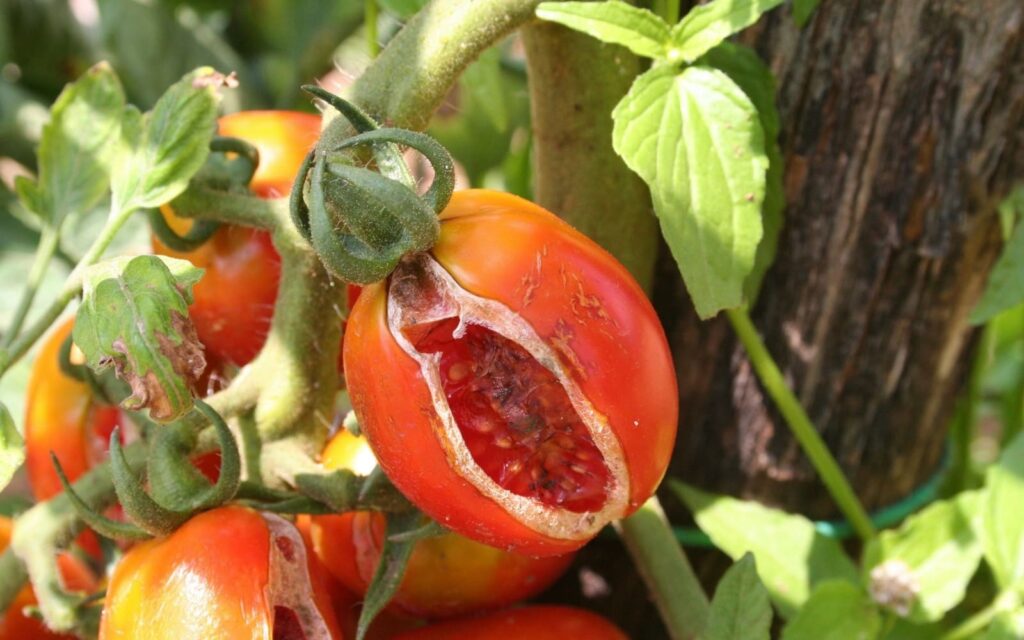
How do you protect your tomato plants from larger animals?
There are times when you come across a tomato plant eaten by larger animals. If this happens, you should not waste time controlling as the damage to the tomato plant is quick and extensive.
In the garden, tomatoes often attract larger animals such as frogs, rabbits, and deer. Use the following strategies to protect your tomato plants.
Rabbit
Rabbits feed on roots, leaves, and fruit-bearing plants. If not careful, they can quickly devour a leaf, flower, and fruit of tomato plants. Most often, they are highly active during the early morning and late evening hours.
You can tell if the rabbit has eaten the tomato when you notice significant bite marks and the fruit fallen on the ground.
How to control rabbit
- Physical barriers such as fencing around the garden and plants are the best way to discourage rabbits enter in the garden. Most garden rabbits can jump no more than 2 feet high. Install a fence slightly higher than 2 feet, and you can stop rabbits from getting in the garden.
- You can also use rabbit traps to catch and release it far from your garden.
- If you have pets at home, such as a dog or cat, you can let them play outside in the early morning or evening to scare rabbits from getting inside your garden.
- You can surround the tomato plant with chicken wire or spread bird nettings on the ground to keep rabbits out of the area.
Deer
Deer feed on the grass and fallen fruits, but they won’t hesitate to eat any plant or fruit when hungry. You know the deer damaged the plant as you find the deer munching on the foliage and leaves, including the tomato fruit.
Although they prefer to diet on the leaves and foliage, often it causes the tomatoes to be fallen from the vine, and half-eaten tomatoes scatter around.
How to control deer
- Physical barrier is the best way to keep the deer away. You can buy the net fence and install it around the garden to prevent deer from getting in.
- Use deer repellent plants that discourage them to come close to tomato plants
- Spreading mesh wire in the area where deer like to visit makes them uncomfortable to be around your garden.
- Apply homemade deer repellent spray or install an automatic sprinkler system to keep them spooked and not hang around near the garden.
Conclusion
There is no doubt that it’s heartbreaking to see your carefully grown tomato plants getting eaten by animals and insects. But there are several ways you can defend your garden from these invaders. The first step is identifying the culprit and then making a plan to deal with it.
I hope that you have found this helpful article. Ultimately, the key to keeping the tomato plants and fruit safe is to have watchful eyes on the plant. Start dealing with it early on so the problem does not get out of hand.

Don’t forget to share this post


